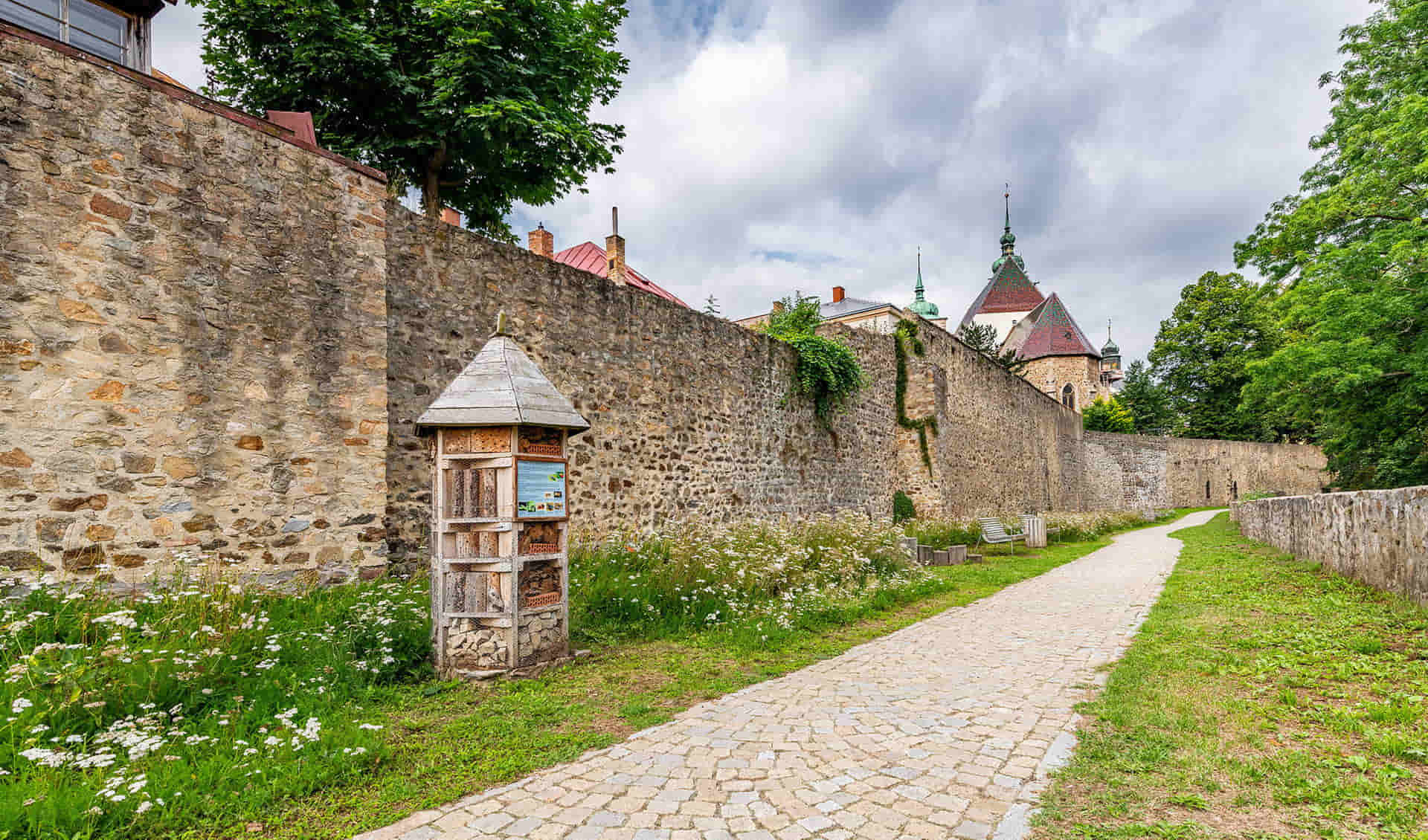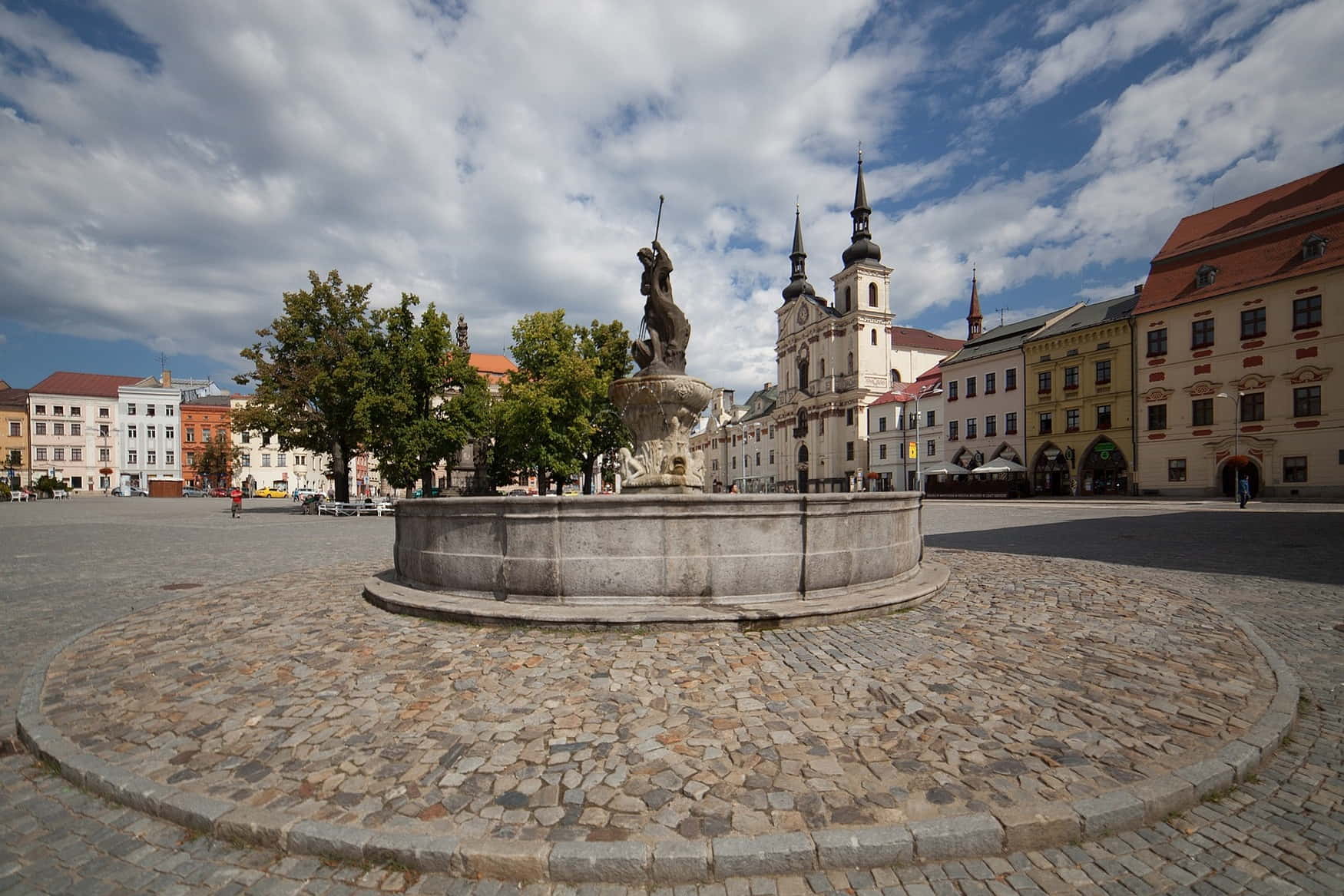Jihlava Fortification is a testament to medieval Europe's rich history and architectural prowess. This impressive structure in the heart of Jihlava has played a crucial role in the city's defense and development over the centuries. From its origins in the 13th century to its current state, the fortification has witnessed numerous historical events shaping the region.
As you delve into the story of the Jihlava Fortification, you'll uncover fascinating tales of battles, strategic importance, and architectural marvels. Whether you're a history buff or a curious traveler, this fortification promises an engaging and educational experience.
Highlights
- Medieval Architecture: Explore the unique architectural elements that have stood the test of time.
- Historical Significance: Learn about the key events that have shaped Jihlava's history.
- Family-Friendly Activities: Enjoy guided tours and interactive exhibits suitable for all ages.
Contents
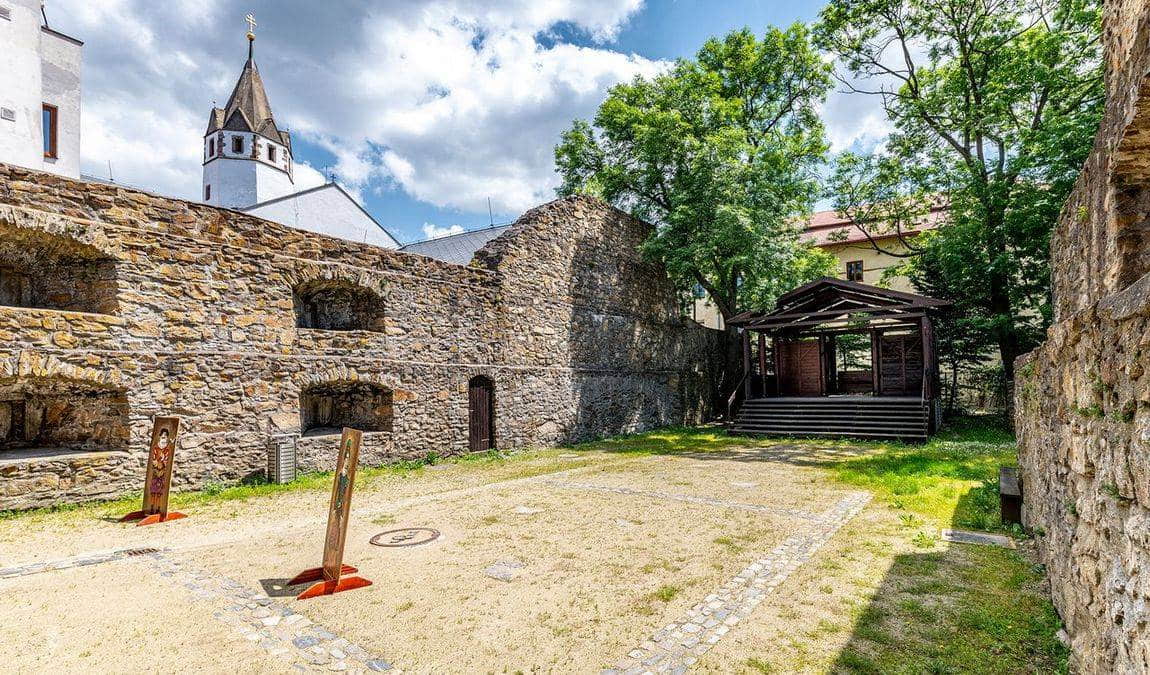 Photo: smart-guide.org
Photo: smart-guide.org
Here is Why Your Kids Will Find it Interesting
Jihlava Fortification is worth visiting with kids aged 7 and up. The fortification offers interactive exhibits and guided tours that bring history to life, making it an educational and fun experience. Children will be fascinated by the ancient walls, towers, and the stories of medieval battles. It's a great way to spark their interest in history and architecture.
Family-friendly Features
- Scenic Walking Paths and Recreational Areas.
- Guided Tours: Family-friendly tours that cater to all ages.
- Picnic Areas: Designated spots for families to relax and enjoy a meal together.
History of Jihlava Fortification
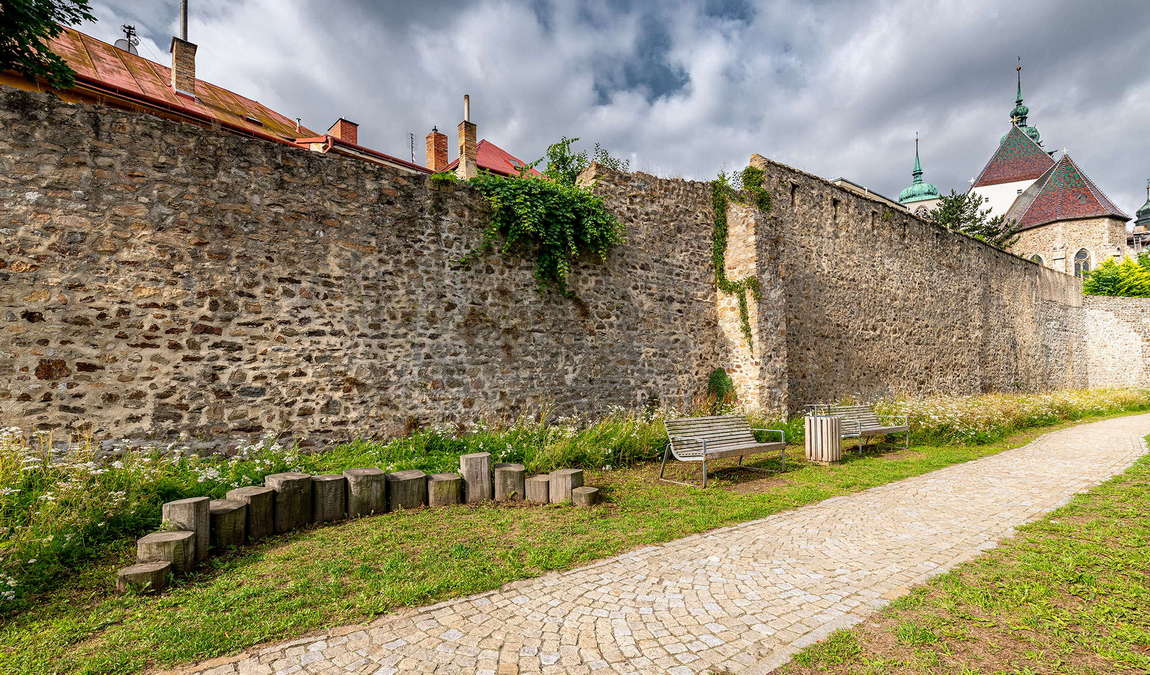 Photo: dojihlavy.cz
Photo: dojihlavy.cz
The origins of Jihlava Fortification date back to the 13th century when it was constructed to protect the burgeoning town of Jihlava. The city, endowed with the status of a royal mining town, quickly became an important economic center due to its strategic position between Bohemia and Moravia. The fortification was initially built to safeguard the town's wealth, including enormous volumes of precious metals and coins, thanks to its mint and large warehouses.
13th–14th Centuries
In the 13th century, the fortification began as a simple stone wall surrounding the town. By the 14th century, it underwent significant structural changes, including adding angular, semi-circular, and circular bastions to strengthen the walls. During this period, five municipal gates were constructed for military and security purposes. These gates were crucial in protecting the town from robbers and hostile knights, as depicted in the oldest painting in the city and its fortification system in Bohemia and Moravia, located in the presbytery of the Matky Boží (Mother of God) Church.
Hussite Wars and the 15th Century
The Hussite Wars in the early 15th century prompted further enhancements to the fortification. New elements were added, indicating the future system of bastions. The fortification was tested during multiple sieges, and the town became a refuge for people from the surrounding areas and treasures from prominent institutions, such as the Sedlec and Želiv Monasteries.
The post-revolutionary period in the 15th century, marked by the war with Jiří Poděbradský, was particularly challenging. During this time, many of the stone fortification elements preserved to date were constructed, including replacing former angular towers with round ones.
16th Century Transition
The 16th century marked a transition from classical stone fortification to bastion-based systems. This period saw the strengthening of the town's gates, towers, and bastions and the construction or extension of the anterior in front of the gates. The beginning of the 16th century witnessed the most dramatic development of municipal fortifications, driven by advancements in offensive-combat technology that quickly outpaced available defense technology. As a result, a system of bastions was built in front of the stone walls in the form of massive earthen mounds.
Thirty Years' War and Swedish Occupation
The Thirty Years' War revealed some weaknesses in the fortification. Major defense measures were taken in 1639 when the town was threatened by a Swedish attack. The ramparts were widened and perfected with palisades. In 1645, the Swedes conquered Jihlava and immediately started extensive improvements to the town's fortification system.
They repaired and perfected the old stone walls, widened existing earthen mounds, and built new pentagonal bastions. The most extensive transformation of the fortification occurred between 1646 and 1647, under Swedish control. Despite their efforts, subsequent events towards the end of the Thirty Years' War had catastrophic consequences for Jihlava, reducing it to a besieged town enclosed by fortification walls.
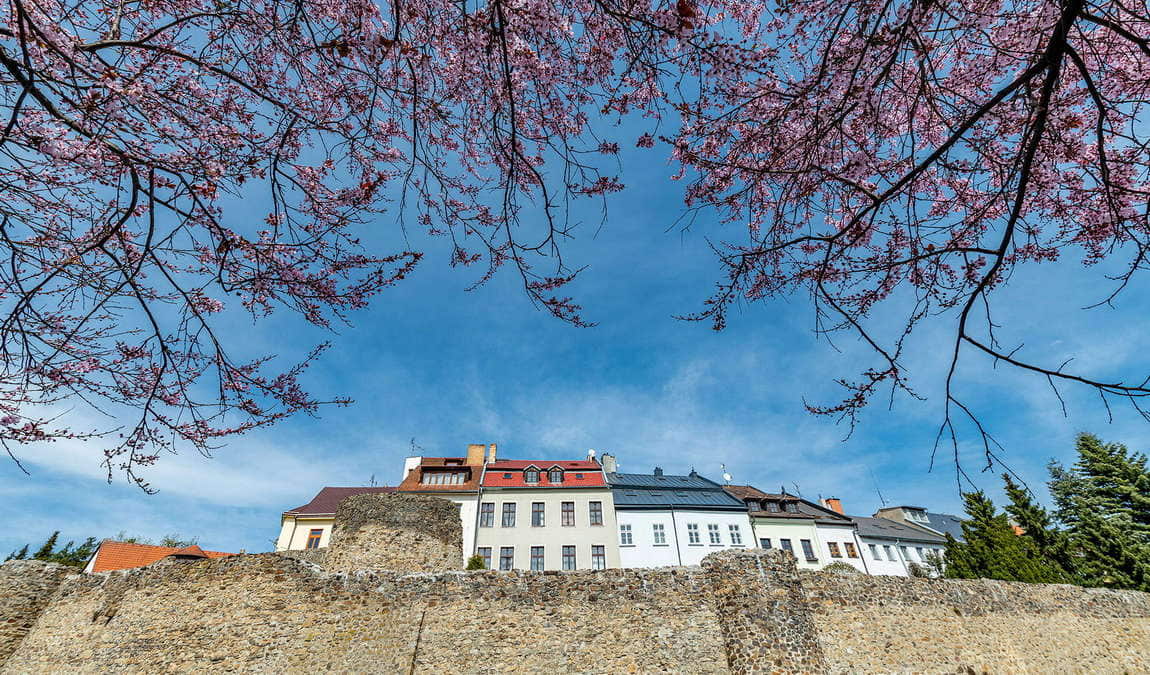 Photo: dojihlavy.cz
Photo: dojihlavy.cz
Post-War Period and Decline
After the Thirty Years' War, the maintenance and restoration of the fortification became unaffordable. The land took over the town's maintenance, and the fortification ceased to be a functional component of the town's defense system. It remained a mere support point and part of its military system, marking the end of its active use in Jihlava's defense.
Archaeological Discoveries
Recent archaeological excavations have provided further insights into the early modern fortifications of Jihlava. These excavations have uncovered various elements of the fortification system, shedding light on its construction techniques and historical significance.
Modern-Day Significance
Today, the remnants of Jihlava Fortification stand as a testament to the town's rich history and strategic importance. The preserved sections of the fortification, including the walls, bastions, and gates, offer a glimpse into the past and serve as a valuable cultural and historical asset for the town of Jihlava.
Architectural Features
Jihlava Fortification boasts a range of architectural features that highlight its medieval origins. The structure includes:
- Main Gates and Entrances: The fortification gates are adorned with intricate designs and are primary access points.
- Towers and Bastions: These towering structures provided strategic vantage points for defense.
- Walls and Ramparts: The thick walls and elevated ramparts were crucial in protecting the city from invaders.
- Moats and Ditches: These defensive features added an extra layer of security.
Nearby Attractions
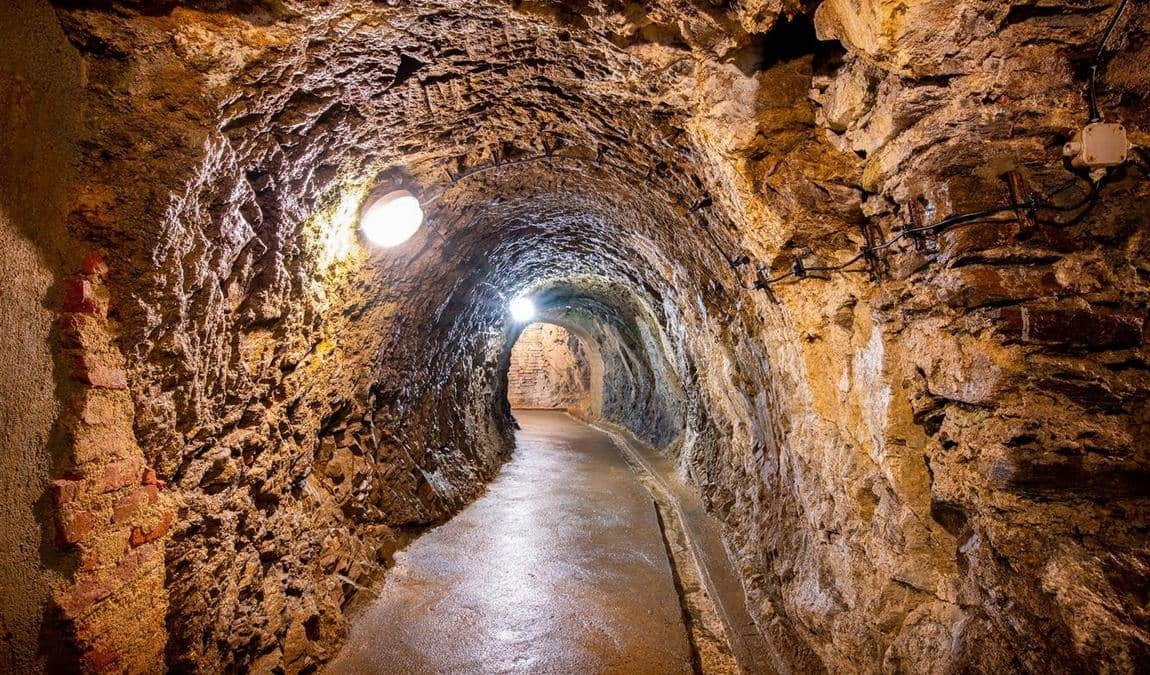 Photo: jihlava.cz
Photo: jihlava.cz
While visiting Jihlava Fortification, don't miss out on other historical sites and attractions in the area:
- Jihlava Underground: Explore the extensive network of underground tunnels beneath the city.
- Gustav Mahler House: Visit the birthplace of the famous composer and learn about his life and works.
- Jihlava Zoo: A perfect spot for families, offering a variety of animals and interactive exhibits.
Recommended Restaurants and Cafes
- Restaurace Tři Knížata: Enjoy traditional Czech cuisine in a cozy setting.
- Café Etage: A charming café offering delicious pastries and coffee.
- Pivovar Jihlava: Sample local beers and hearty meals at this famous brewery.
Best Time to Visit
The best time to visit Jihlava Fortification with children is during the spring and summer when the weather is pleasant. Weekdays are ideal to avoid crowds, and mornings offer a quieter experience.
Recommended duration: 2-3 hours.
Resume
Jihlava Fortification offers a captivating glimpse into the past, with its rich history, architectural beauty, and family-friendly features. It's a must-visit destination for anyone interested in medieval history and architecture.


